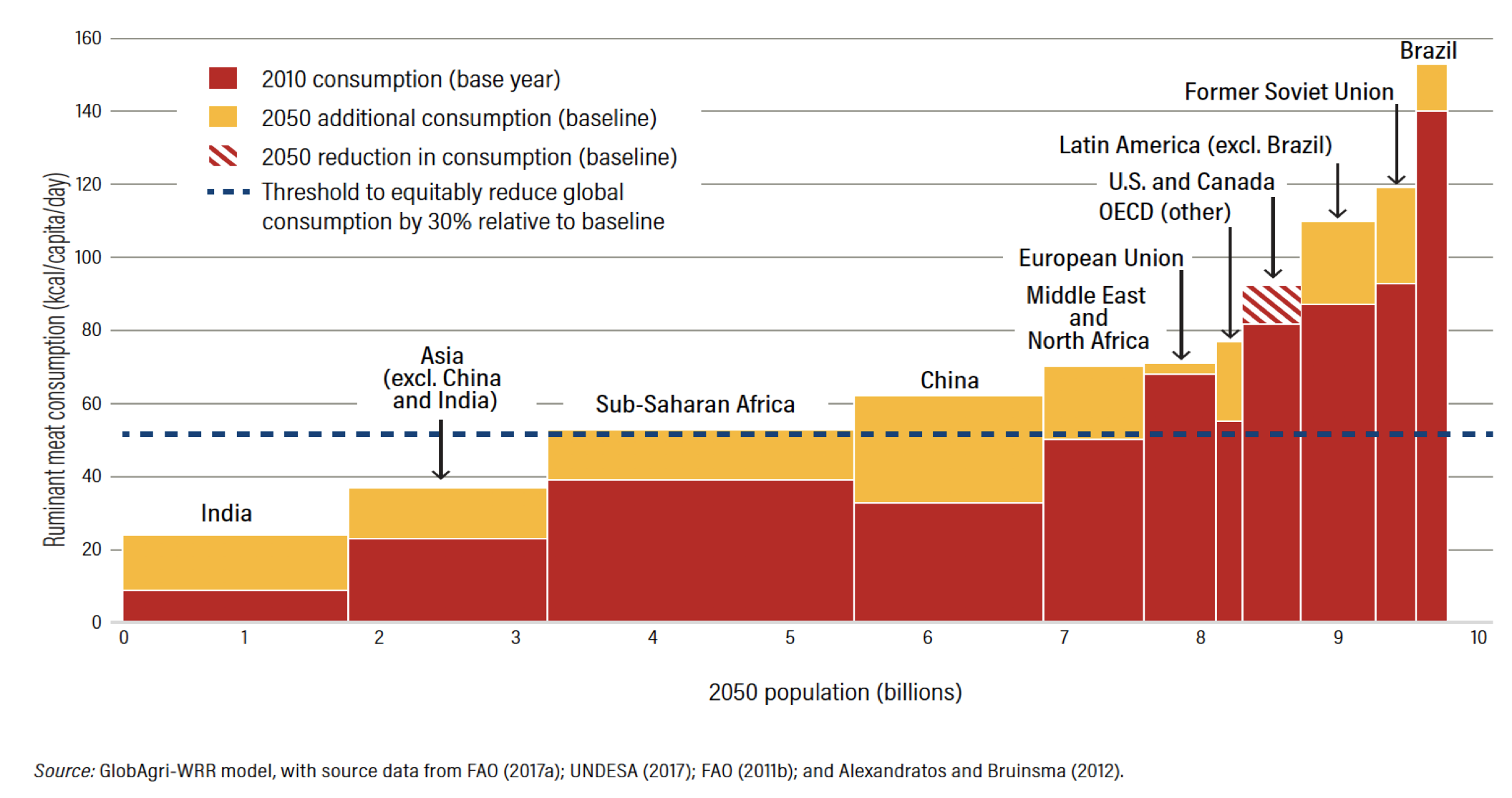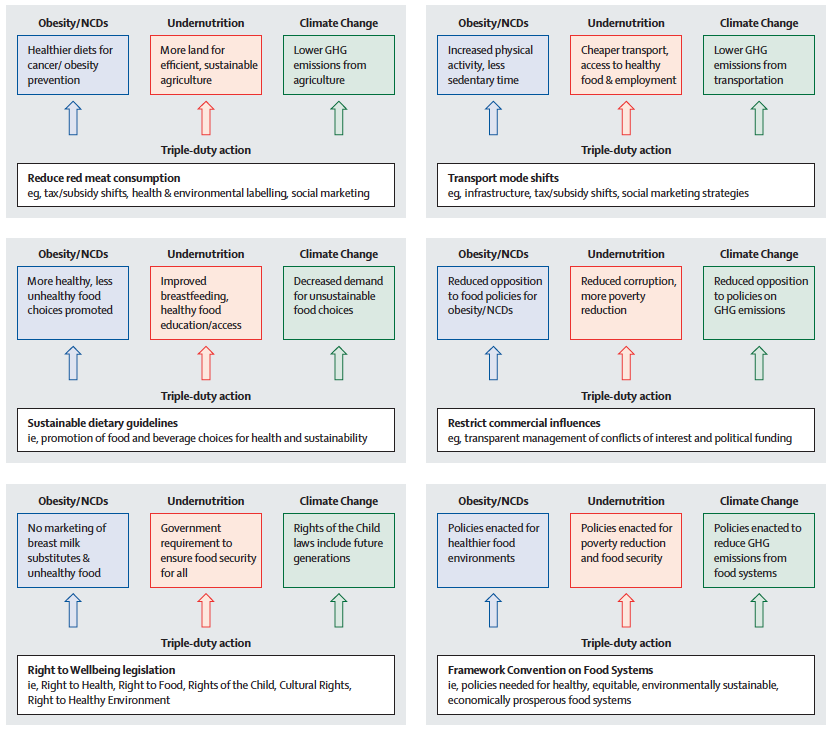Food Bytes is a weekly blog post of “nibbles” of information on all things food and nutrition science, policy and culture.
Fall has arrived and with it, some interesting controversies in the food space.
Let’s start with sustainable diets. The New Yorker has a great read about the Impossible burger saving climate change. But according to the International Livestock Research Institute, “alt proteins” are not an answer for poorer countries. As Romeo Void sang, “never, say never.” Jonathan Safran Foer was a meat eater and went cold vegan. And he has another book about it.
Who is not going to save us all from climate change? Brazil. There is a lot of attention to the Brazilian Amazon forest fires. Here is a really good video summarizing the current situation of the Brazilian Amazon forest fires, much of it due to beef. Speaking of beef, there was a lot of controversy over a recent publication that it is okay for people to not limit their red meat consumption, following a slew of reports on its harmful impacts on health and the environment. NYT has been covering the controversy and now most recently, backlash with conflicts of interest. It turns out some were funded by the beef cattlemen association and ILSI, quoting NY Times here a “shadowy industry shaping food policy around the world.”
Paul Ferraro of Johns Hopkins has an article about how climate change solutions remain so elusive, particularly on the way we disseminate evidence. He argues: “We've always assumed the evidence must matter, but in reality we have almost a complete absence of evidence about the value of evidence…But then when it comes to building capacity, disseminating that information, we don't apply a scientific lens anymore. We just do it. We have no idea how to effectively use the science and the evidence we generate to move human behavior.” Tru dat.
Maybe fish will save us all. A fantastic article in Nature on the importance of global fisheries in solving micronutrients. My favorite? Shellfish, particularly, clams. Did you know spaghetti vongole was from Naples? Certo!
The World Bank has summarized the current controversy of childhood stunting being equated to a measure of cognitive development. And on the other end of the spectrum of child growth, a new report estimates that the number of obese children globally is predicted to reach 250 million by 2030, up from 150 million now. Wow. Scary stuff. We often things of these child outcomes — stunting, wasting and overweight — as separate, but we should really stop doing that. This article calls for a unified approach. While I agree, it seems these days we are on a divided battlefield in nutrition and food, with no agreement on much of anything in sight. But, I am a pessimist!








